What makes White Hart Lane such a special place
Rob White, the son of a Tottenham legend, on the special significance of a football ground that helped him find a connection with his father
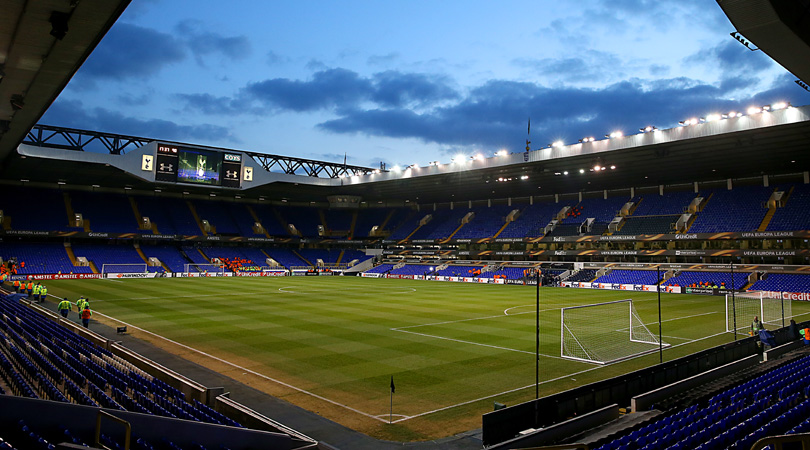
The Lane and I go back a long, long time. In fact, White Hart Lane and I go back to a time before I even existed.
Let me explain. Back in October 1959 a young, shy, raw, but very talented footballer called John White arrived at White Hart Lane. He had just been bought from Falkirk, in Scotland, for £20,000 by Bill Nicholson.
Over the course of the next five years, my dad, John White, and his Tottenham team-mates would go on to become one of the greatest club sides in football history
The Tottenham manager hoped that John White would be the final piece in his jigsaw. Bill’s instinct was, as usual, correct. Over the course of the next five years, my dad, John White, and his Tottenham team-mates would go on to become one of the greatest club sides in football history. That Spurs side would famously win a league and FA Cup double in 1961, then become the first British club to lift a major European trophy with the 1963 UEFA Cup Winners' Cup.
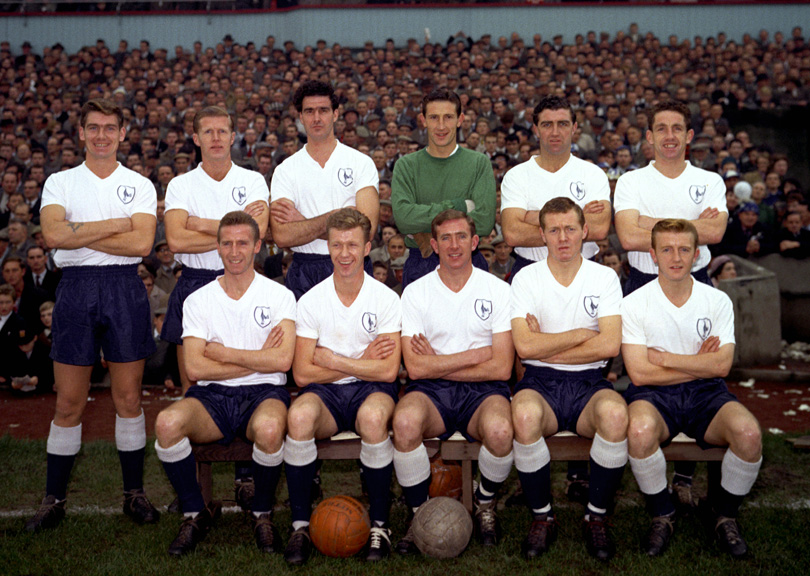
Bill’s assistant manager through this successful period was Harry Evans, who was my maternal grandfather. The first season my dad was doing his National Service, so at weekends would travel down from Berwick to play in matches. Usually, the club would provide lodgings for him. However in August 1960, due to some oversight at the club, there was no room booked for John to stay.
In stepped Harry Evans, who offered to put him up in the spare room at his family home. As my mum, later to become John’s wife, who was in her late teens at the time says: "It was meant to be for a couple of nights, but we never got rid of him.”
The rest, as they say, is history. My sister Amanda was born in February 1962, and I was born in January 1964. Tragically, after playing a major role in shaping the history of Tottenham Hotspur my dad, who had earned the nickname 'The Ghost of White Hart Lane' due to his skill in ghosting undetected into the penalty area, died, after being struck by lightning whilst playing golf in July 1964.
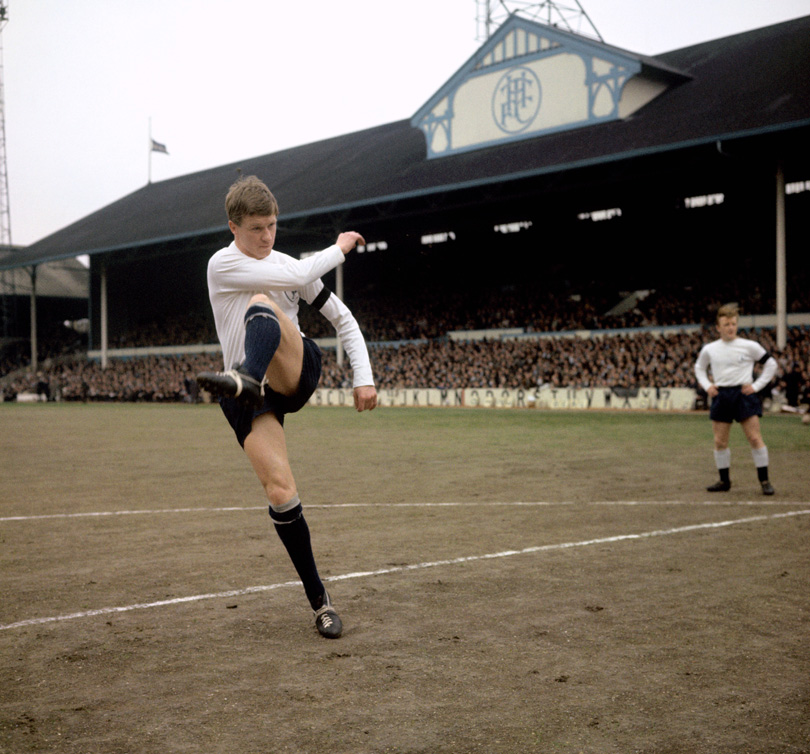
The power of The Lane
Get FourFourTwo Newsletter
The best features, fun and footballing quizzes, straight to your inbox every week.
At the time of my dad’s death, I was just six months old, so I have no direct recollection of him. That’s why White Hart Lane has been always been a place of such special, unique significance to me. It was the place where he and his pals had performed at the height of their powers, entertaining thousands of adoring fans, whilst carving an eternal place for Tottenham Hotspur in the pantheon of football’s immortal heroes. It was the place where legends were formed and destiny was shaped.
My developing years were filled with hours of reading endless tales of glory from those magnificent times, looking at wonderful press cuttings and photos, which helped me to build my very own version of ‘The Ghost’.
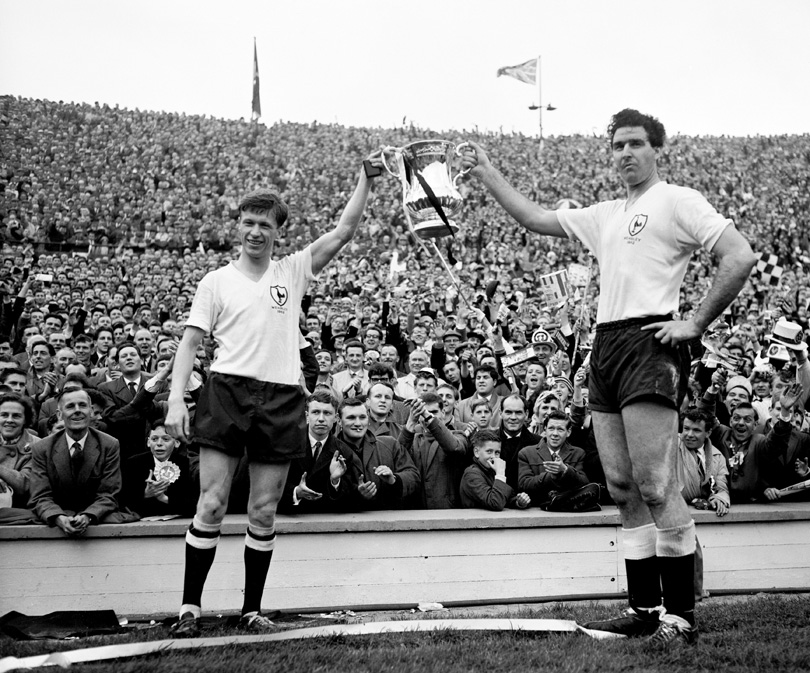
In the early 1970s, when I was about five or six years of age, we would get complimentary tickets from the club, and occasionally my mum would take me to matches at White Hart Lane.
I can clearly recall sitting at the back of the old, wooden West Stand. As a child, I was captivated by the echoing noise, the sights and the distinctive smell of men, of pipe and cigar smoke. These senses felt so comforting and strangely familiar that I sometimes wonder whether somewhere, somehow these ‘football things’ have been embedded deeply in my DNA.
However, for me at that age the best thing about going to White Hart Lane, was the players’ wives tea room, which was situated at the back of the West Stand. Apart from Jean – the most friendly tea lady ever, with her neat sandwiches, dainty cakes and orange squash – it had the most magnificent view looking into the players’ and officials’ car-park. Rows and rows of gleaming Jaguars, Ford Zephyrs, Triumphs and the odd exotic sports car were close to heaven for a six-year-old. Football, cakes and shiny cars – what more could a boy want?
What it stands for
The imminent demolition of White Hart Lane has naturally made many of us start to appreciate exactly what it does stand for – and what an important part it has played in our lives
Over the intervening period, scarily very nearly half a century now, I’ve gone through phases where the natural ebb and flow of life has meant that my connection with White Hart Lane has not always been as strong as I would have liked.
I think that the imminent demolition of White Hart Lane has naturally made many of us start to appreciate exactly what it does stand for – and what an important part it has played in our lives. There are those that will of course say that it’s just bricks, breeze blocks and rusting girders. But the point is that it’s our bricks, our breeze blocks and our rusty girders. For many of us, the feeling is a much deeper. It’s an almost spiritual sensation.
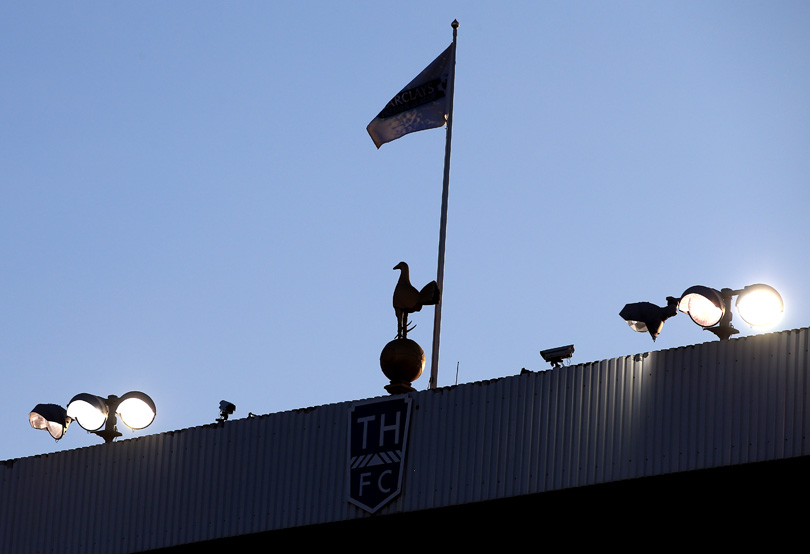
In The Ghost of White Hart Lane, my dad’s biography which I co-wrote with Julie Welch, I talked about how – particularly during night games at White Hart Lane – I’m filled with a special sense. ‘Once it gets dark at White Hart Lane, a lot of shadows appear and this procession almost seems like a ritual - the summoning of spirits.’
For me, it genuinely has the same sort of significance that I’d imagine ancient tribes placed on their sacred burial grounds. Sometimes, I’ll look up from my seat, into the clouds, maybe in silent prayer to our ‘ancient gods’, and see, like a majestic painting, the faces of all of our past heroes, of Bill, of Danny, of Peter, of Bobby, of Dave, of John – of all our past players silently willing us on in search of glory.
White Hart Lane for me, and I suspect for so many others, has been a very, very special place of connection. It’s our church. No, it’s much more than our church, it’s our home. I’ll certainly miss our home.
The Ghost of White Hart Lane: In Search of My Father the Football Legend by Rob White and Julie Welch is out now. Rob White also contributed several images to The Lane
